I had the privilege of appearing last week on That Paleo Show, Australia’s leading paleo podcast, with hosts Brett Hill, Sarah Stewart, and Steve Hayter. I talked about the origin of our diet, ketogenic diets, our need for carbs and the risk of going too low carb, how to shape your environment for optimal health, how to make fasts healthful, the Perfect Health Retreat (make time for the next one in October!), and efforts to integrate the ancestral health community with mainstream medicine and science. For the full podcast, listen here.
I also appeared on the latest issue of Choice Conversations with Chris Stefanick. We talked about how to be well nourished, and about the importance of lifestyle elements like intermittent fasting and circadian rhythm entrainment in health. These lifestyle elements are as important as diet for health and long life, and are a major point of emphasis at the Retreats – we’ve found they are key to weight loss. For the full podcast, listen here.







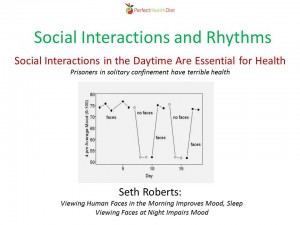
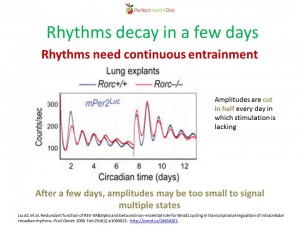

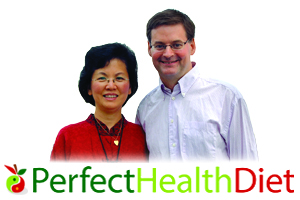
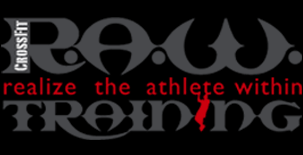
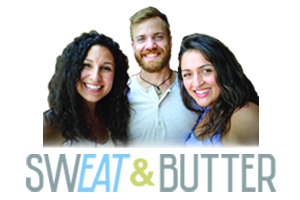




Recent Comments